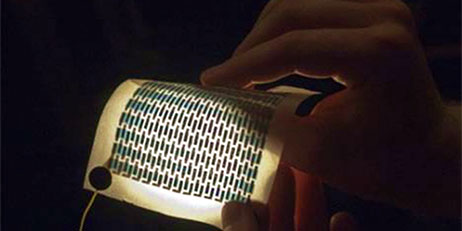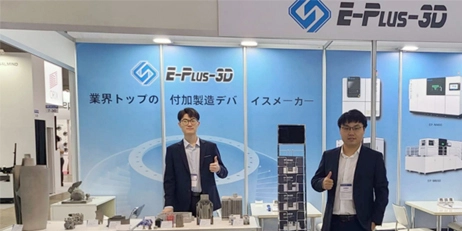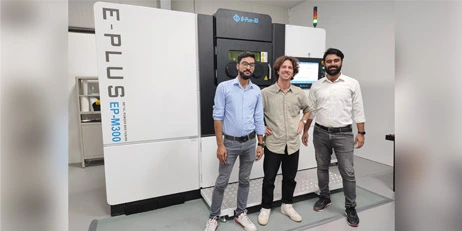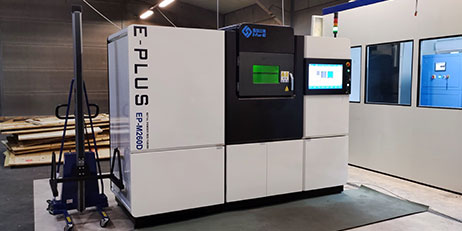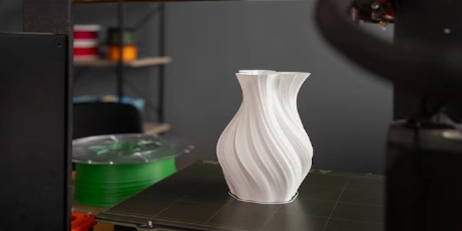Every time two new technologies that have been given high hopes by the industry collide, there will be a lot of sparks, because it will broaden their already very imagined application prospects. For example, electric car companies launch application stores, and the combination of smart phones and interactive printing, and so on. Now, there seems to be an intersection between the boundless 3D printing and the solar technology that has long been considered the hope of the new economy.
3D printing technology allows the solar industry to produce products with unprecedented lightness and thinness. Due to the special practicability of 3D printing technology: (The product is "printed on" layer by layer, that is, if an item is divided into infinite layers, it is a bit like the three-dimensional vector field in multivariable calculus, and each The layer is a flat print, not as a whole part to be molded, so it can be very thin) The solar panel can be printed on various materials, such as plastic or fiber, or even paper, not necessarily It is on the more expensive glass surface. We can imagine that once the shape, volume, weight and other factors of the solar panel are no longer limited, it can find many new application scenarios that we had never imagined before. It can also be used as a new material into many popular daily necessities at a faster speed and greater breadth, such as: ultra-thin solar panels can be printed into car paint and attached to the surface of electric vehicles. This method has a higher degree of freedom than the current practice of covering solar panels all over the body.
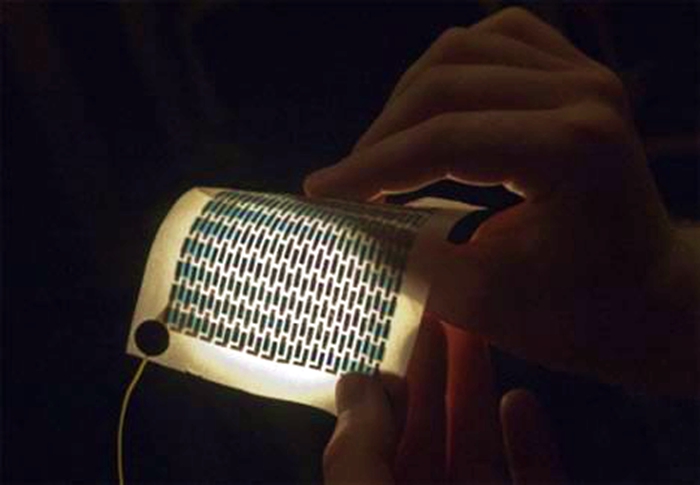
Building material coatings can use a similar method to invent a "solar paint", so that we don't need to install a large number of very eye-catching solar panels on the roof, and it can be used everywhere, giving architects more space. You don't have to design a large roof space
The solar version can be used as a material into the construction of many objects. For example, school bags and clothes can be made into similar styles, and 3D printed mobile phone cases can also be directly printed into solar panels. I used to win a solar schoolbag when I participated in an environmental protection competition in middle school, but this so-called solar schoolbag is a palm-sized battery panel attached to the outside of the bag. The area is small and the charging is not strong enough. It broke all at once. If the new era of electronic wearable devices can integrate this technology well, then I can almost imagine that Nike may be rated as the "most innovative potential" company again.
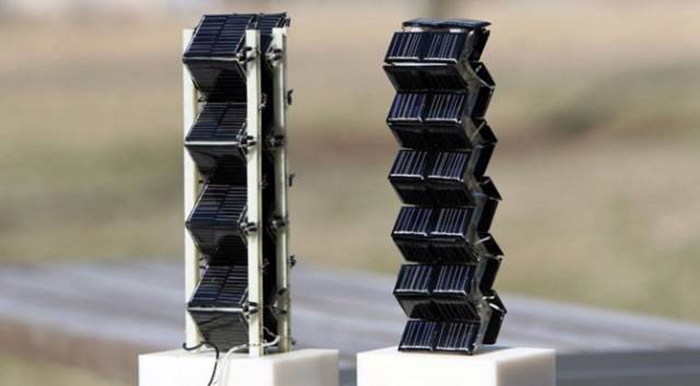
Amazon's Jeff Bezos once said when discussing innovation that he believes that the most important thing about innovation is to connect seemingly unrelated things. Because of this, Americans always like to use the sentence "XXX meets YYY" (XXX meets YYY) to discuss the combination and emergence of new fields. It seems that the combination of 3D printing and solar energy has great potential, because 3D printing technology is likely to liberate many of the shackles that originally restricted the development of solar energy. These applications and ideas are naturally relatively early at present, but the "decentralized industrial production" represented by 3D printing and the "decentralized energy production" represented by solar energy do seem to be very convincing partners, and they may also be common. An important link in the economy of the new era
